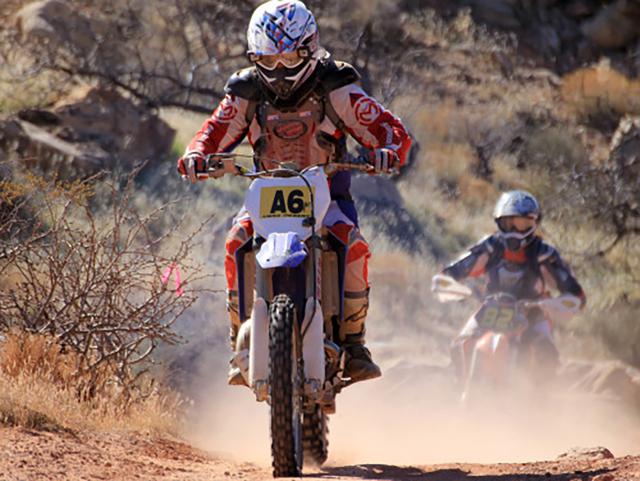Related Stories
- Celebrating the administrative professionals of the Colorado River District
- BLM Arizona Strip District volunteer immerses visitors in stories of the West
- On the Arizona Strip, Now is the Time for Fire and Fuels Work
- A day on patrol with BLM Arizona Ranger Rocco Jackson
- Long-term partnership between BLM Fire and United States Air Force builds national firefighting capacity and accomplishes critical fuels work
Office
4001 East Aviator Drive
St. George, UT 84790
United States
Phone:
Email:





